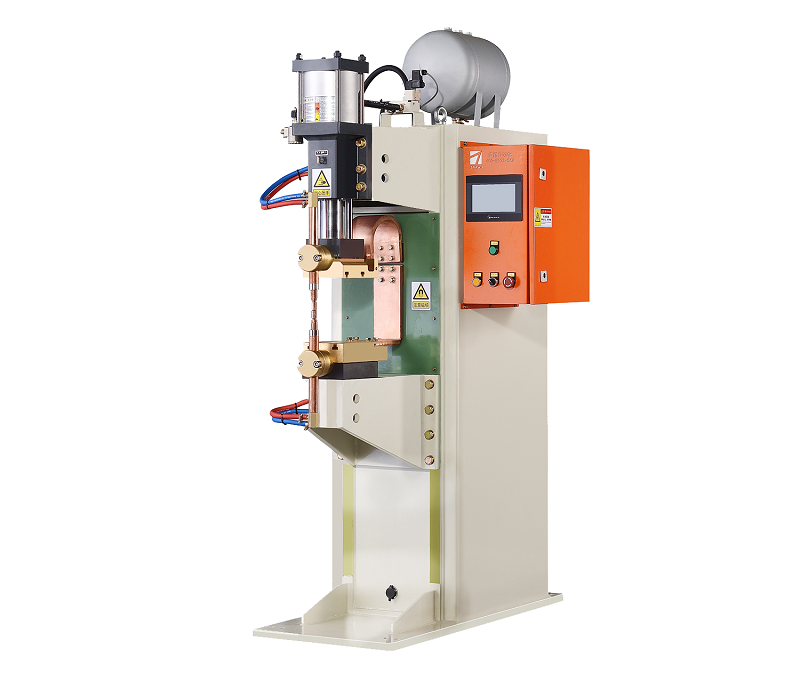Key Points to Note for Medium Frequency Spot Welding Machine?
Medium frequency spot welding is a widely used technique in various industries for joining metal components. To ensure the efficiency, reliability, and safety of the welding process, there are several crucial aspects that operators should pay close attention to. In this article, we will explore the key points that need to be considered when operating a medium frequency spot welding machine.

- Material Selection and Preparation: The success of a spot welding process largely depends on the type and quality of the materials being welded. It’s essential to select materials with compatible melting points and properties to achieve a strong and durable weld joint. Proper surface preparation, including cleaning and removing contaminants, is crucial to ensure optimal weld quality.
- Electrode Design and Maintenance: Electrodes are critical components in spot welding. They transmit the welding current to the workpieces, generating the necessary heat for fusion. The design of electrodes should match the geometry of the joint to ensure even force distribution. Regular maintenance, such as dressing or replacing electrodes, is necessary to prevent inconsistencies in weld quality and to extend electrode lifespan.
- Welding Parameters: Adjusting the welding parameters correctly is essential for achieving consistent and reliable welds. This includes setting the appropriate welding current, welding time, and electrode force. These parameters might vary based on the material thickness, type, and desired weld quality. Operators should follow manufacturer guidelines and perform trial runs if necessary to optimize the parameters.
- Cooling and Cycle Time: Proper cooling of the weld area is essential to prevent overheating and distortion of the workpieces. Medium frequency spot welding machines often have cooling mechanisms integrated into the process. Understanding the cooling cycle time and ensuring sufficient time between welds is important to maintain the integrity of the welded components.
- Quality Control and Inspection: Implementing a robust quality control process is crucial to detect any defects or inconsistencies in the welds. Regular inspections should be carried out using methods like visual inspection, ultrasonic testing, or X-ray examination, depending on the application’s requirements. Addressing any issues promptly ensures the production of high-quality welds.
- Operator Training and Safety: Operating a medium frequency spot welding machine requires proper training to understand its operation, potential hazards, and safety protocols. Operators should be equipped with appropriate personal protective equipment (PPE) and should adhere to safety guidelines to prevent accidents and injuries.
In conclusion, successful medium frequency spot welding relies on a combination of factors, from material selection and electrode design to parameter settings and quality control. By carefully considering and managing these key points, operators can ensure consistent, strong, and durable welds, contributing to the overall quality and reliability of the final products.